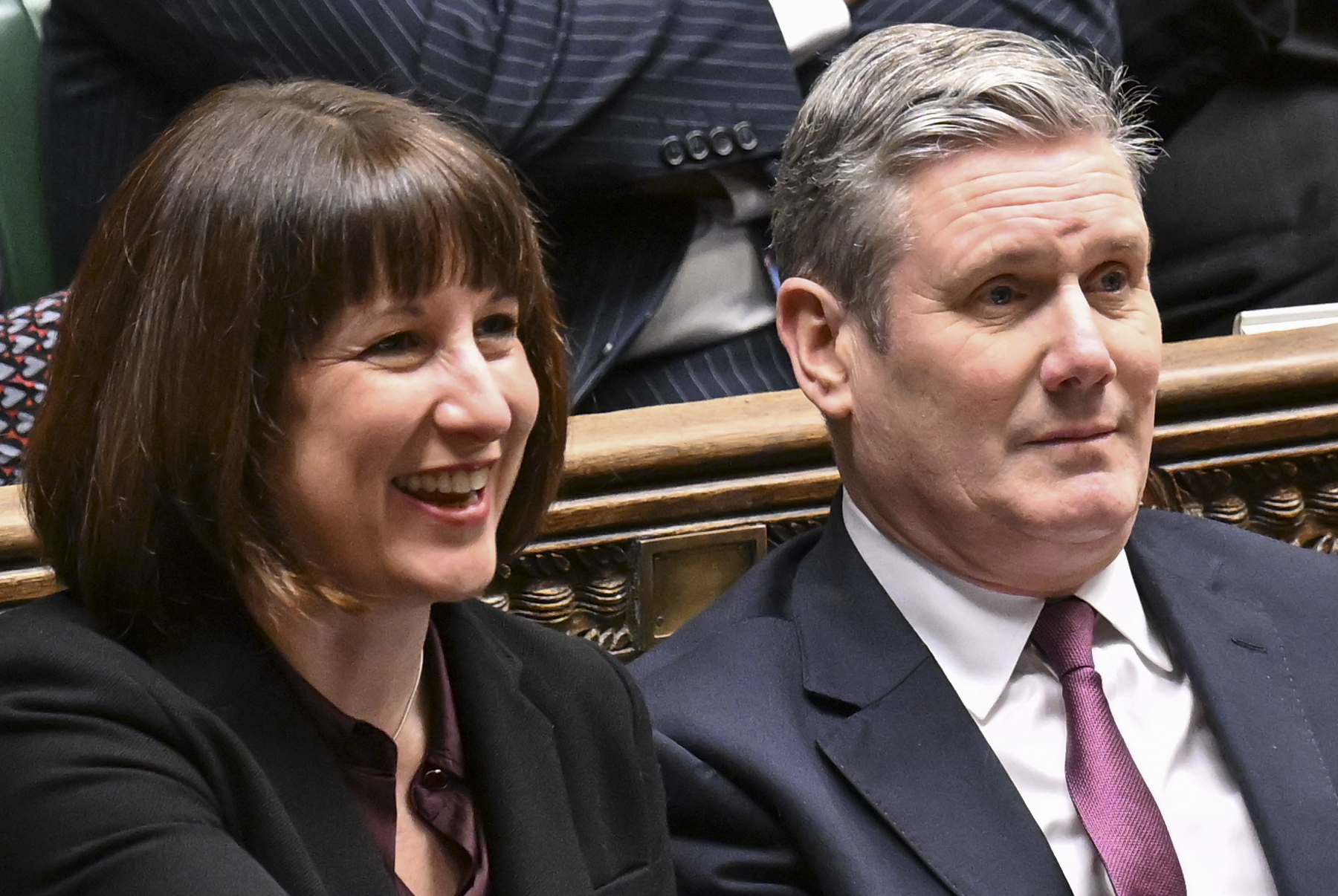Why It Matters: The Value of a Cash ISA in 2025
In my journey through personal finance, the Cash ISA has always been my go-to safe haven: tax‑free interest, capital protection, and peace of mind. In a world where inflation is nudging 3.6% and voiding ordinary savings returns, a competitive Cash ISA rate matters more than ever. Knowing what “average” means helps you spot when you’re getting a fair return, or when you’re being shortchanged.
What Is the Average Interest Rate on Cash ISAs in Mid‑2025?

Unlike APRs on credit cards, ISA returns vary by type (easy-access, fixed-rate, notice). Based on the latest aggregated data:
- Moneyfactscompare reports the best instant-access Cash ISA rates peaking around 4.77% AER in late July 2025.
- MoneySavingExpert lists similar top easy-access rates of 4.77% (Trading 212) and 4.12% (Skipton Building Society).
- For fixed-rate Cash ISAs, average rates are around 3.95% AER for one‑year products, with longer terms (2‑5 years) averaging 3.82–3.95%
So in summary: instant-access average ~4.5–4.8% AER, fixed-rate average ~3.8–4.0% AER.
That’s a huge improvement over standard savings, and crucially, tax‑free inside your ISA wrapper.
Why Rates Are Finally Rising
After nearly a decade of ultra‑low rates, 2024 and 2025 have brought meaningful increases:
- At the end of July 2025, over 330 Cash ISA accounts offered above-inflation rates (≥ 3.6%).
- In early July, the easy-access landscape offered around 1,280 inflation-beating options, with many over 4% AER.
- Institutional data shows 582 Cash ISA products available as of January 2025—a 16% increase year-over-year, with 39% offering rates above 4%.
Savers are voting with their deposits, often getting more competitive rates now that the Bank of England raised base rates.
Average Rates by ISA Type
From what I’ve seen and tracked over the past year, here’s how Cash ISA types compare:
| ISA Type | Typical AER (mid‑2025) |
|---|---|
| Easy-access / Instant | ~ 4.5–4.8% |
| Notice (e.g. 30‑ or 60‑day) | ~ 4.15% |
| Fixed-rate (1 year) | ~ 3.95% |
| Fixed-rate (2+ years) | ~ 3.82–4.20% |
- Easy-access rates hit up to 4.77% at platforms like Trading 212 and Plum.
- Notice ISAs top around 4.15%.
- Fixed ISAs: average one‑year fixed around 3.95%, two‑year ~4.13%, longer terms ~3.96% AER.
The Real‑Life Impact: My Own Experience

Last spring, I held most of my ISA in a standard variable account paying ~1.2%—barely above inflation and comfortably below alternative options. I felt the pinch as inflation climbed to 3.6% by June 2025 .
After switching to an easy-access ISA offering 4.75% AER, I immediately saw the impact. On a £10,000 balance, that’s around £475 tax-free interest versus only £120 previously. The switch freed up hundreds in potential savings.
Then, I moved part into a one‑year fixed ISA paying 4.00%, securing that rate before potential market drops.
In conversations with friends, many remained unaware of the sharp rise in Cash ISA rates—they were still on legacy products paying ~1%. That gap is the extra return location-savvy savers capture now.
Why Rates Differ: Variable vs Fixed vs Notice
So what’s the difference:
- Easy-access ISAs offer flexibility in exchange for slightly higher rates.
- Fixed-rate products guarantee a return but tie up your cash—interest often slightly lower than top current variable rates, reflecting providers’ risk.
- Notice ISAs fall in between—moderate flexibility and decent returns (~4.15%).
Platforms and building societies compete fiercely for deposits by offering standout variable rates, whereas bank-branded fixed ISAs tend to cluster slightly lower (e.g. Blum, HSBC offering ~4% AER).
Broader Landscape & Tax Considerations

- Personal Savings Allowance (PSA) is capped—only £1,000 interest tax‑free for basic‑rate taxpayers. Many people can exceed that if savings yield more than 3–4% outside ISAs.
- That tax issue drives many into ISAs where all interest is sheltered.
- The market has expanded: nearly 40 % of ISA holdings are cash-based, totalling growing market share as equity investments fluctuate.
- Regulatory discussions: some commentators are calling to limit how much of the £20,000 allowance can be held in cash ISAs (e.g. proposing £4,000 cap), to encourage investment in equities and support the broader economy
How to Choose: Personal Tips / Opinion
In my own practice:
- Assess your need for access: If you might need the cash, stick to easy-access or notice ISAs—even at ~4.5–4.8%.
- Lock in certainty with fixed: If you don’t need access for a year, one-year fixed (~3.95%) offers a safe cushion if rates fall later.
- Be alert to gimmicky bonuses: Some advertised rates (like 5.06% on Plum for a year) drop after 12 months to ~3.5%—not bad, but churn‑sensitive.
- Spread across providers: I split between instant‑access and fixed products to balance flexibility and return.
- Renew or transfer consciously: Many providers auto‑move your funds into lower‑rate instant accounts unless you instruct them otherwise when fixed‑terms expire.
- Track rates quarterly: Market movement is fast right now; new >4.7% offers appear and expire weekly. Comparison sites like Moneyfactscompare and MSE are invaluable.
What This All Means for the You & Me…
Based on current data and standard products:
- Savers sticking with traditional bank Cash ISAs are probably earning 1–2% AER—well below market rates.
- Those on competitive variable platforms could be earning 4.5–4.8% AER—closely matching or beating inflation.
- Total saver benefit: switching from legacy 1.2% to 4.8% on a £50,000 stash could net nearly £1,800 more interest per year tax-free.
Whether you’re building an emergency fund, saving for a home deposit, or simply sheltering as much as possible from tax, Cash ISA rates today offer a compelling return—if you take action.
Will Rates Stay High?

Nobody can predict the future, let alone an ISA calculator site, but here’s our two pence worth:
- Rates are likely to drift lower if the Bank of England cuts base rate later in 2025.
- Fixed-rate holders remain protected, but variable ISAs may reduce if markets climb down—as seen historically
- Those proposing limits on cash ISA caps (e.g. £4,000 max) could reshape the savings landscape.
- If inflation cools, real returns decline—making locking in higher yields in fixed ISA more attractive.
Summary & Final Advice
- Average Cash ISA rates in summer 2025:
- Easy‑access: ~4.5–4.8% AER
- Notice: ~4.15% AER
- Fixed (1‑yr): ~3.95% AER; longer fixed: ~3.8–4.2% AER
- These compare starkly to legacy bank rates often below 2%.
- Why it matters: tax-free returns above inflation preserve and grow your savings.
- My own switch: from 1.2% legacy ISA to 4.75% easy-access plus fixed pot, netting hundreds more per year.
- Best move today: assess your access needs, choose competitive providers, and monitor renewals carefully.
More Useful References
- Moneyfactscompare: best Cash ISA deals and averages as of 25 July 2025, with top instant-access at 4.77% AER
- MoneySavingExpert: top picks like Trading 212 (4.77%) and Skipton BS for 2025
- Tembo / Wise: platforms offering fixed ISAs at ~3.92–3.83%
- MSE and news: inflation‑beating rates, industry health and advice
- Regulatory news: debate on limiting cash ISA allowance to encourage investment in equities
- UK gov and Bank of England reports on ISA market share and savings behaviours
Final Word
The era of painfully low ISA rates is over… for now. With instant-access Cash ISAs offering up to 4.8% AER and fixed options around 3.9%–4.2%, savers can now earn tax-free returns that outperform inflation. My own switch not only boosted interest, but also shifted my mindset: saving actively, picking competitive providers, and treating ISAs as dynamic tools, not set-and-forget investments.
If you’re still earning only 1–2% on a legacy ISA, you’re leaving money on the table. The options are out there, the rates are compelling, and your budget could thank you…
As a UK saver & investor for over 10 years and avid ISA user; James decided to build ISA Interest Calculator to help everyday British savers with calculating potential ISA returns. Having worked for a large FTSE100 company building financial AI tools for over 5 years, he brought his expertise to personal finance and quickly launched several highly-respected and successful finance & investing sites for UK savers and investors.

